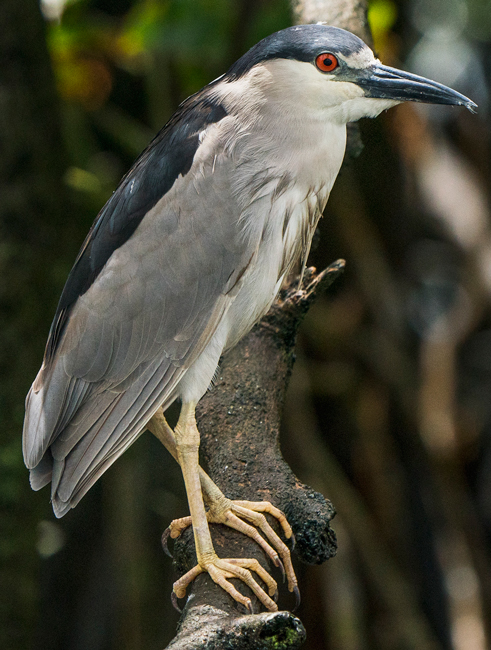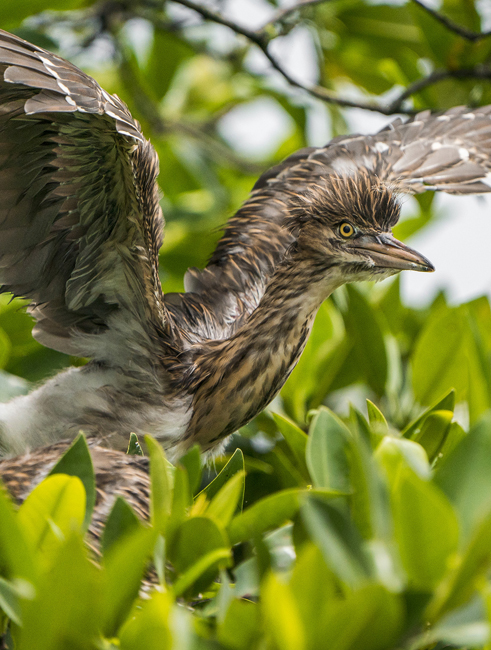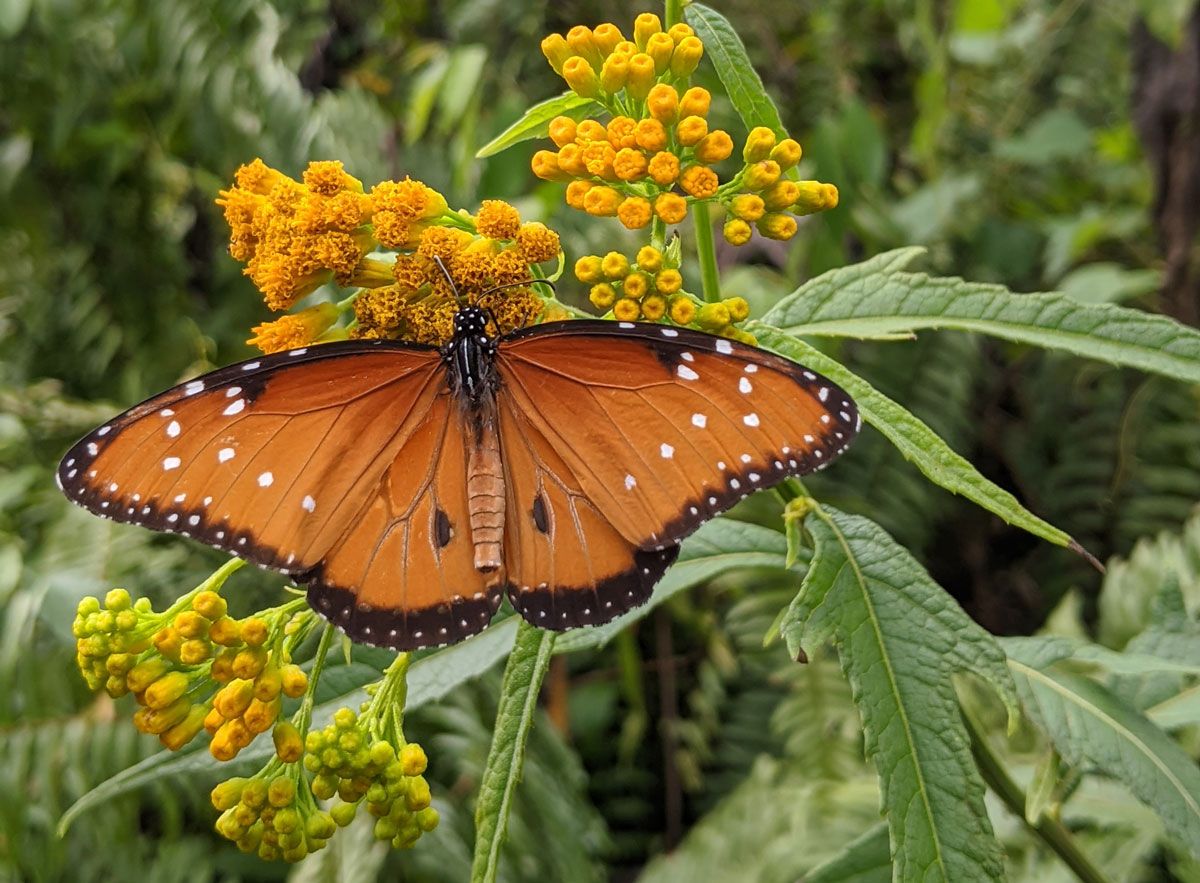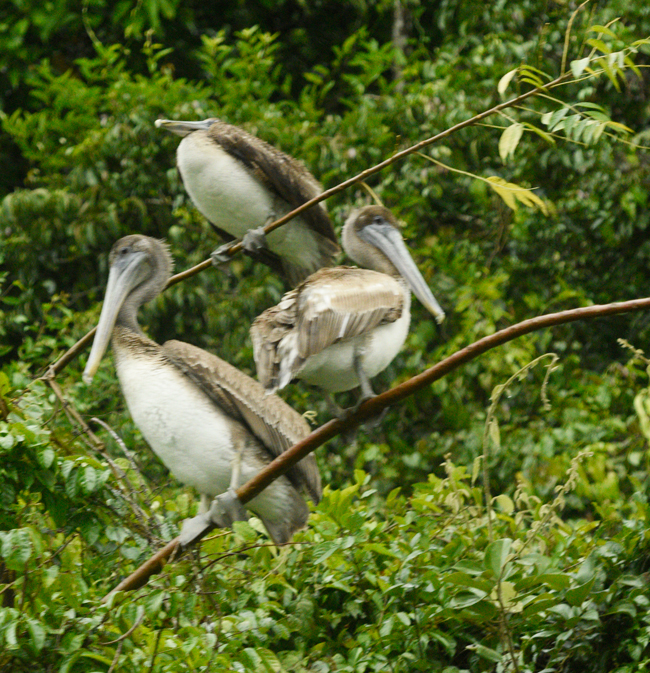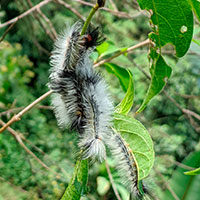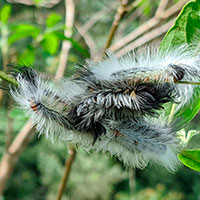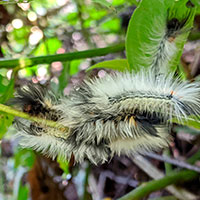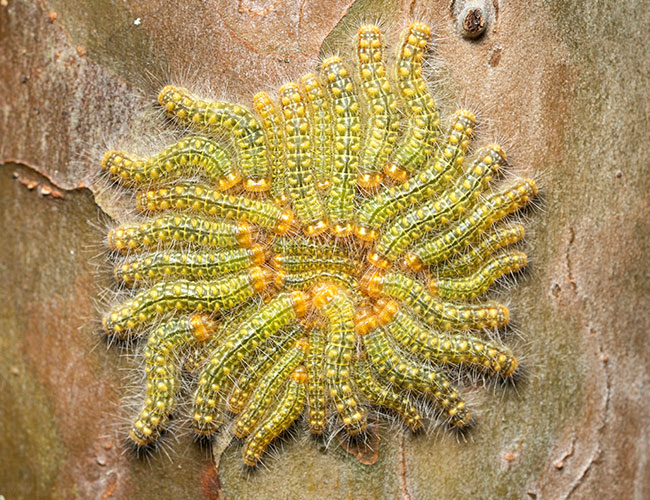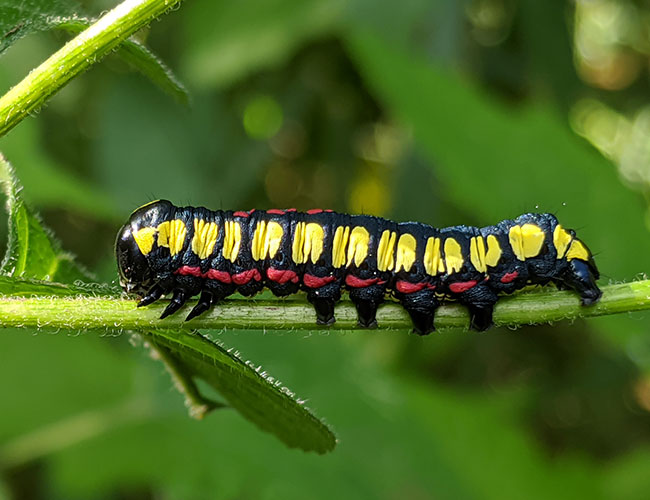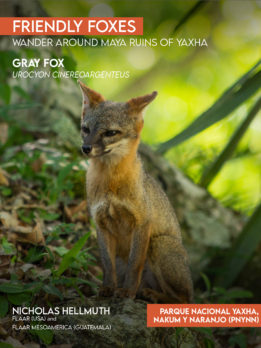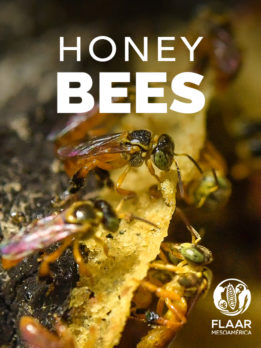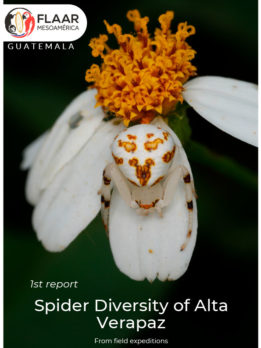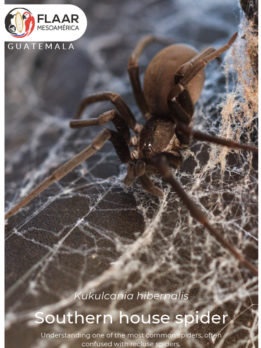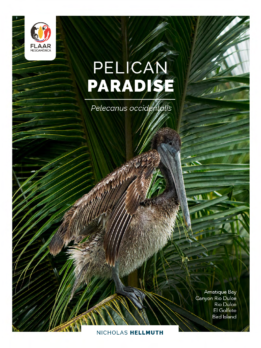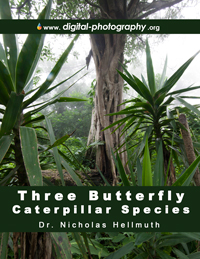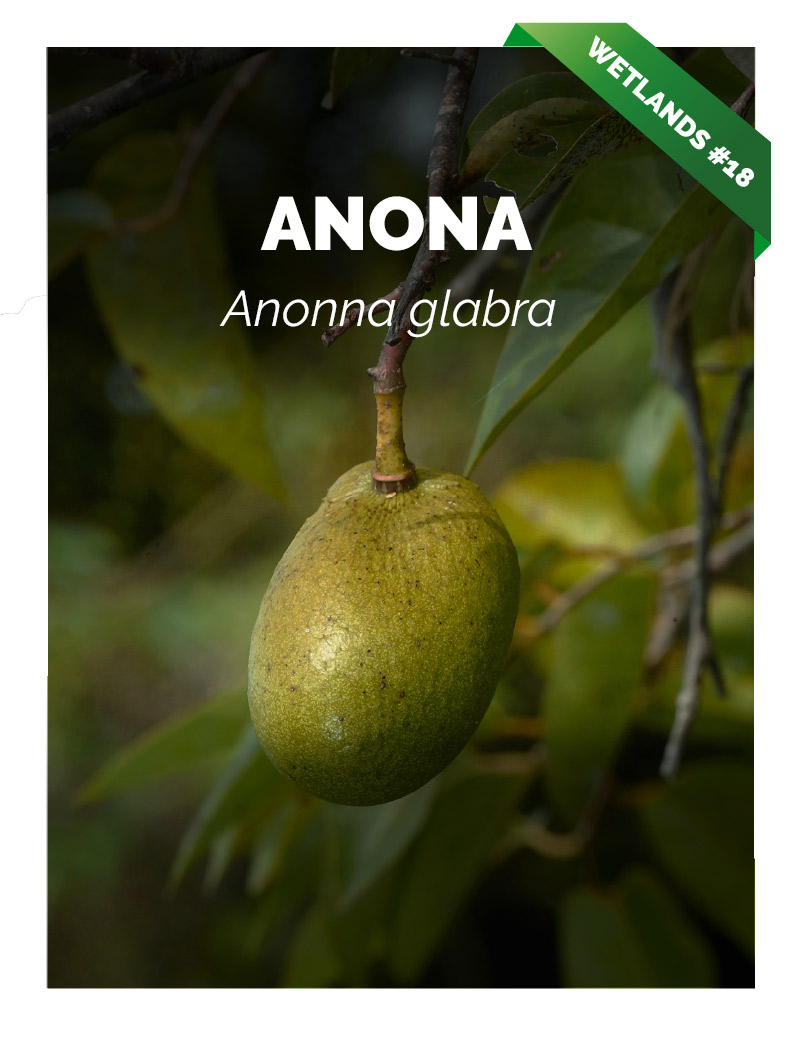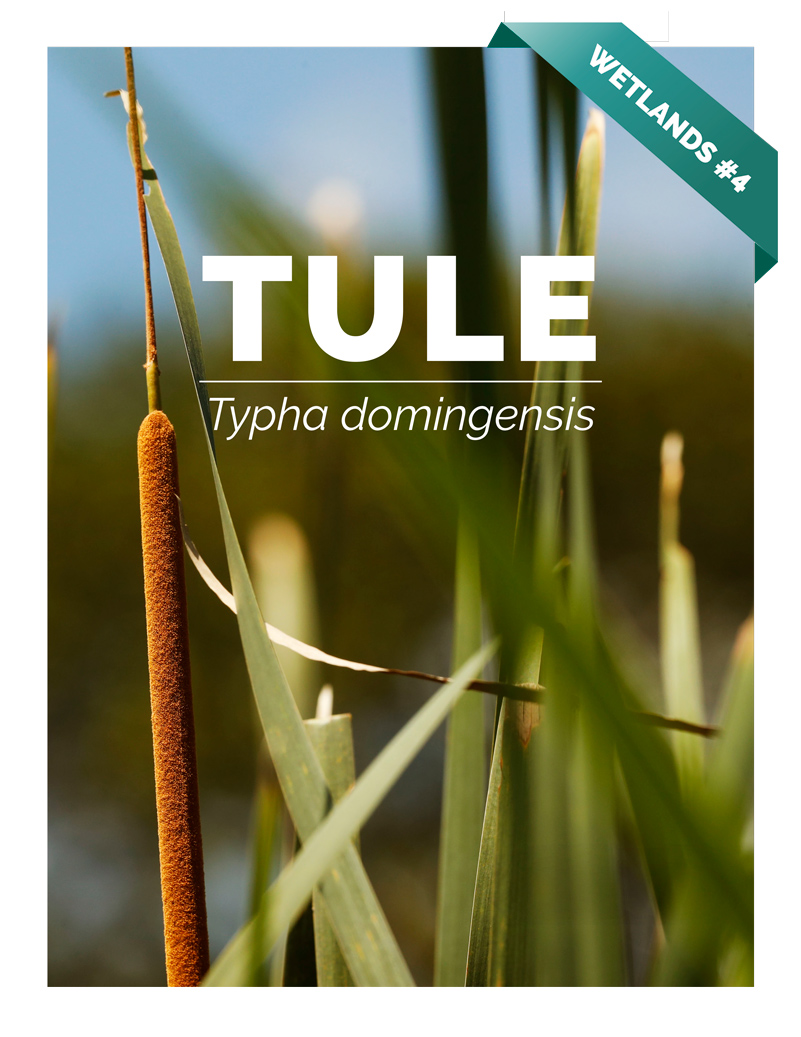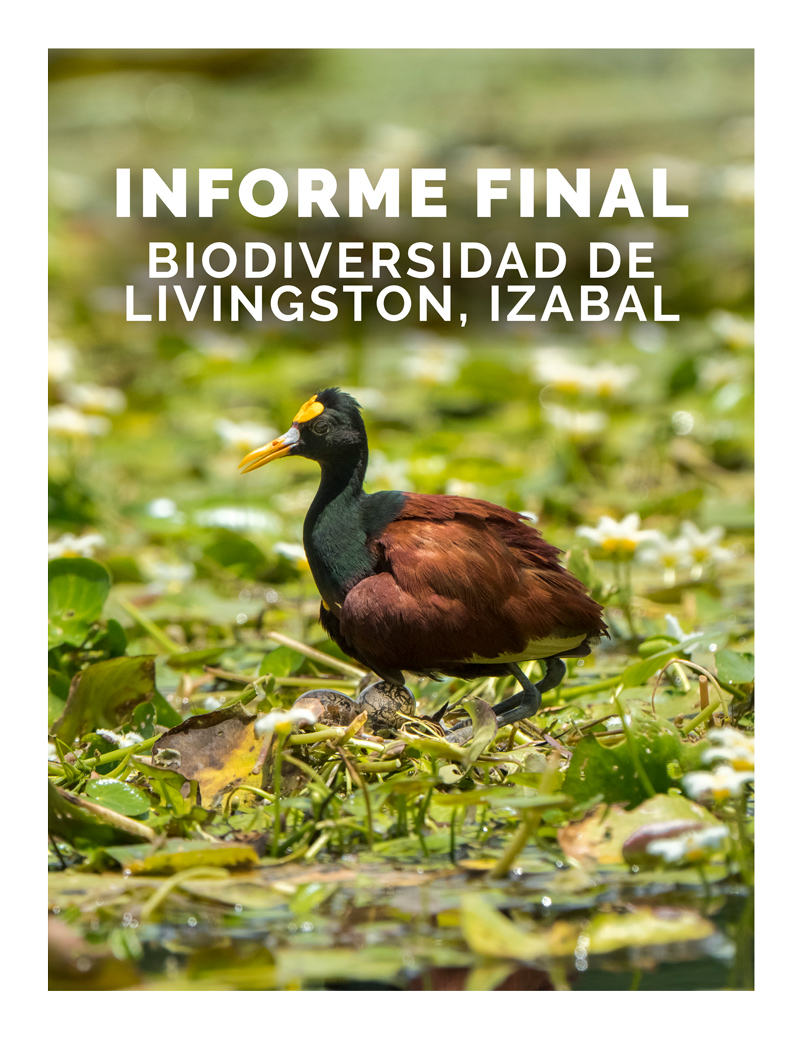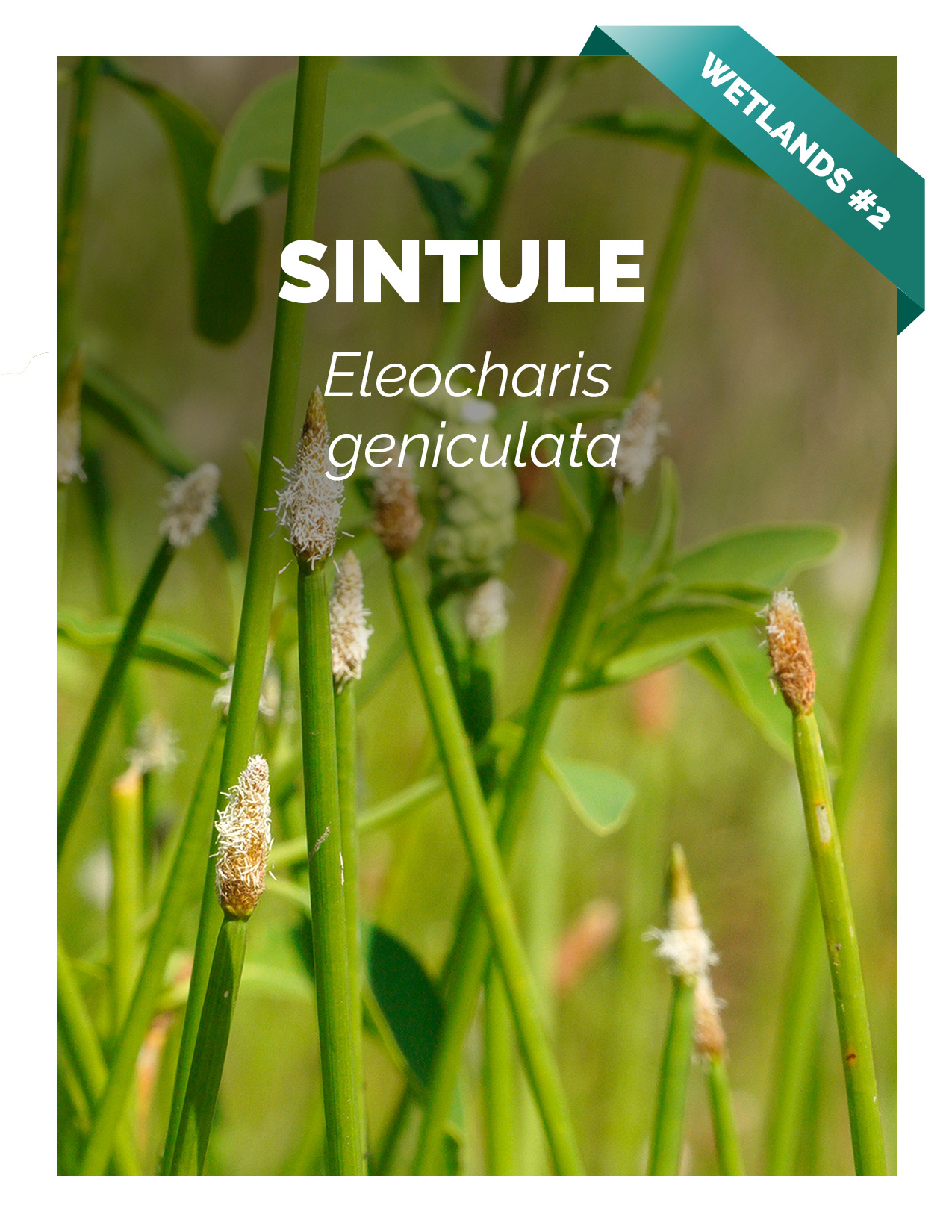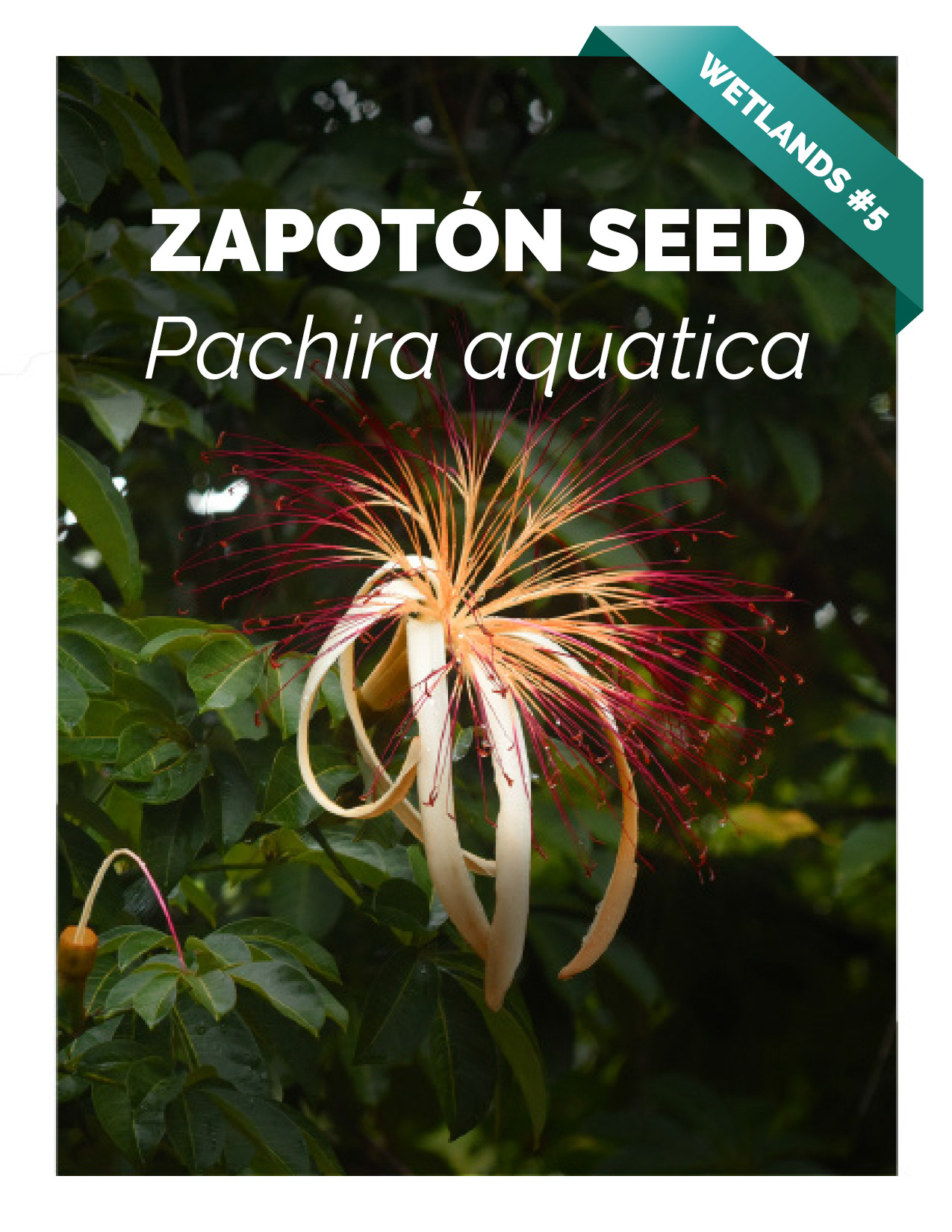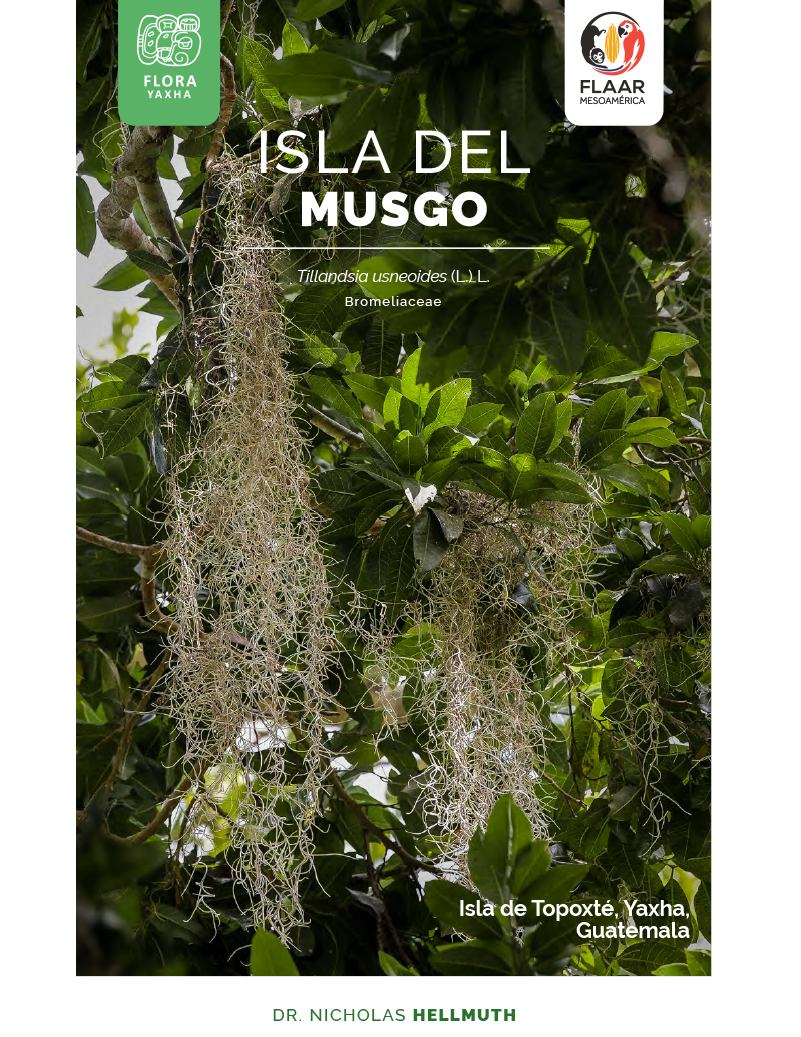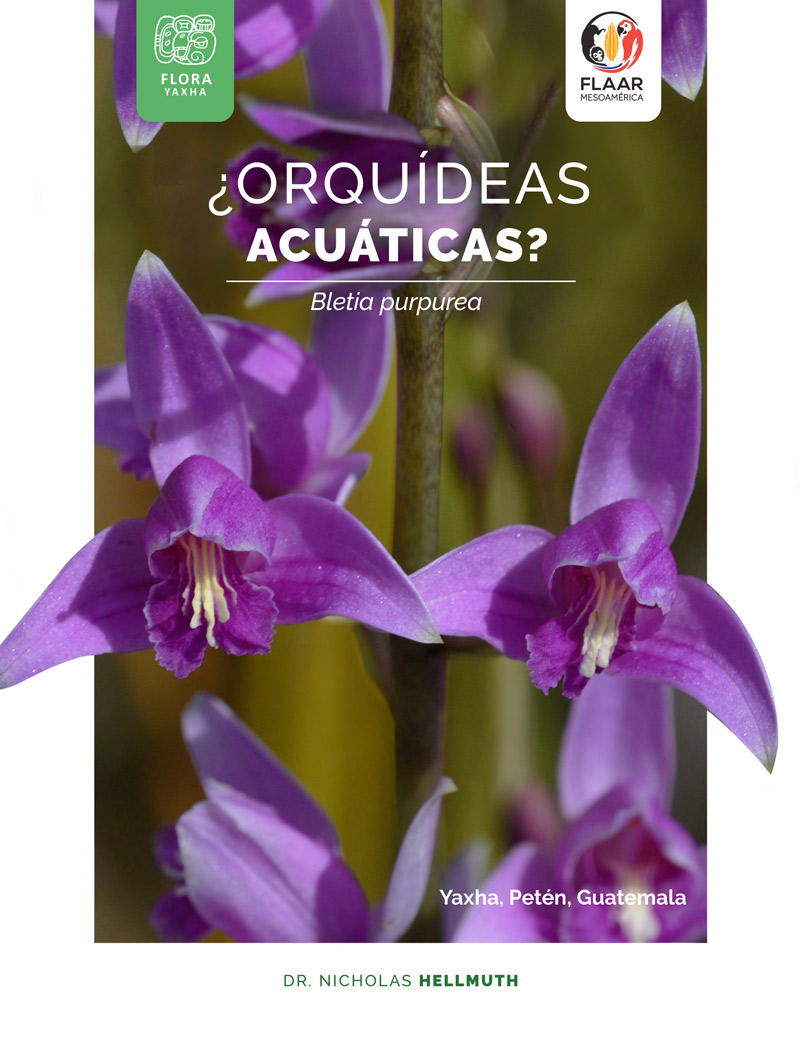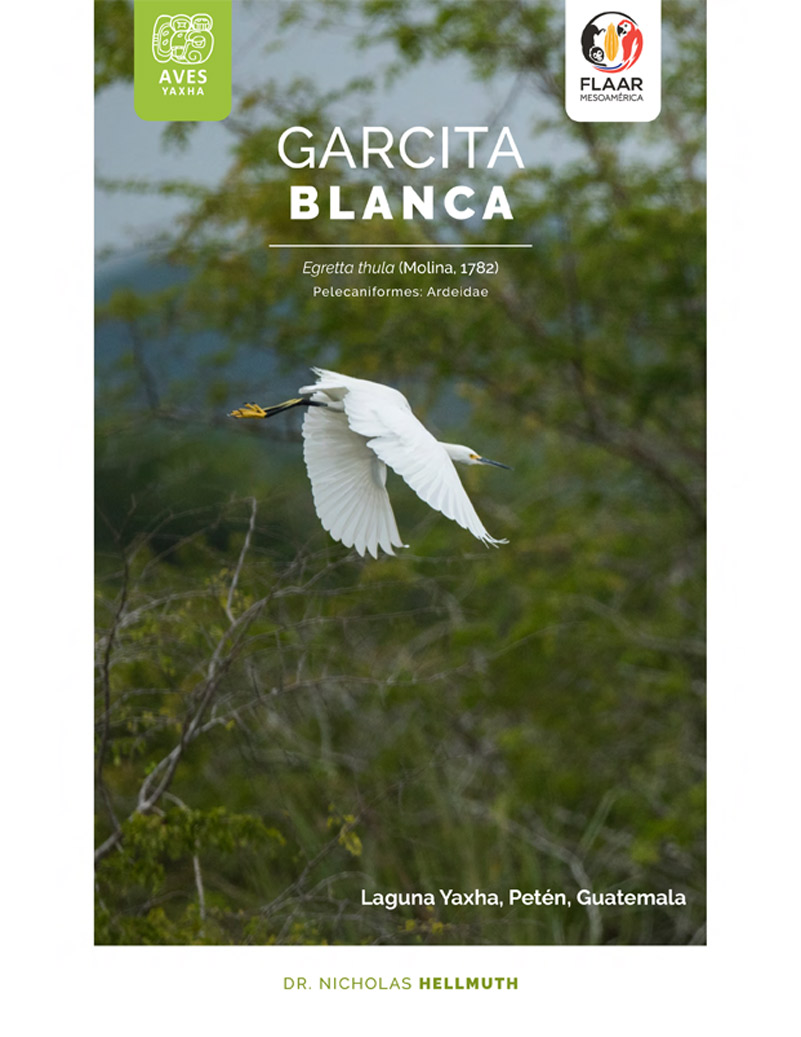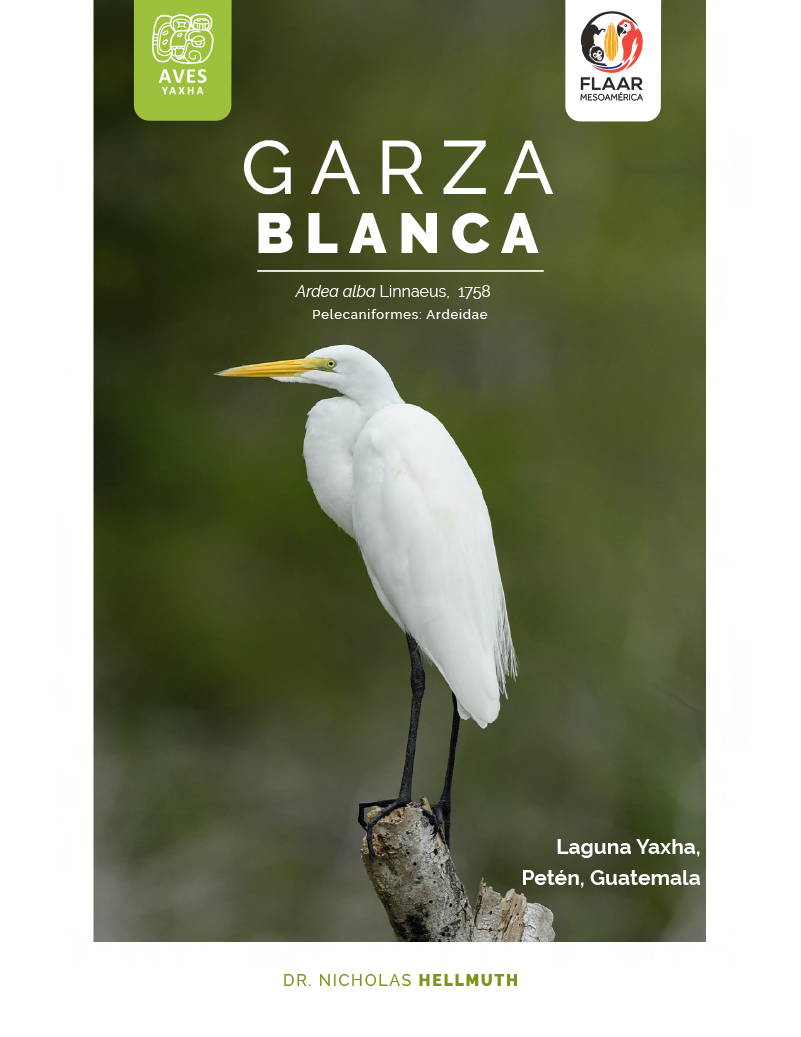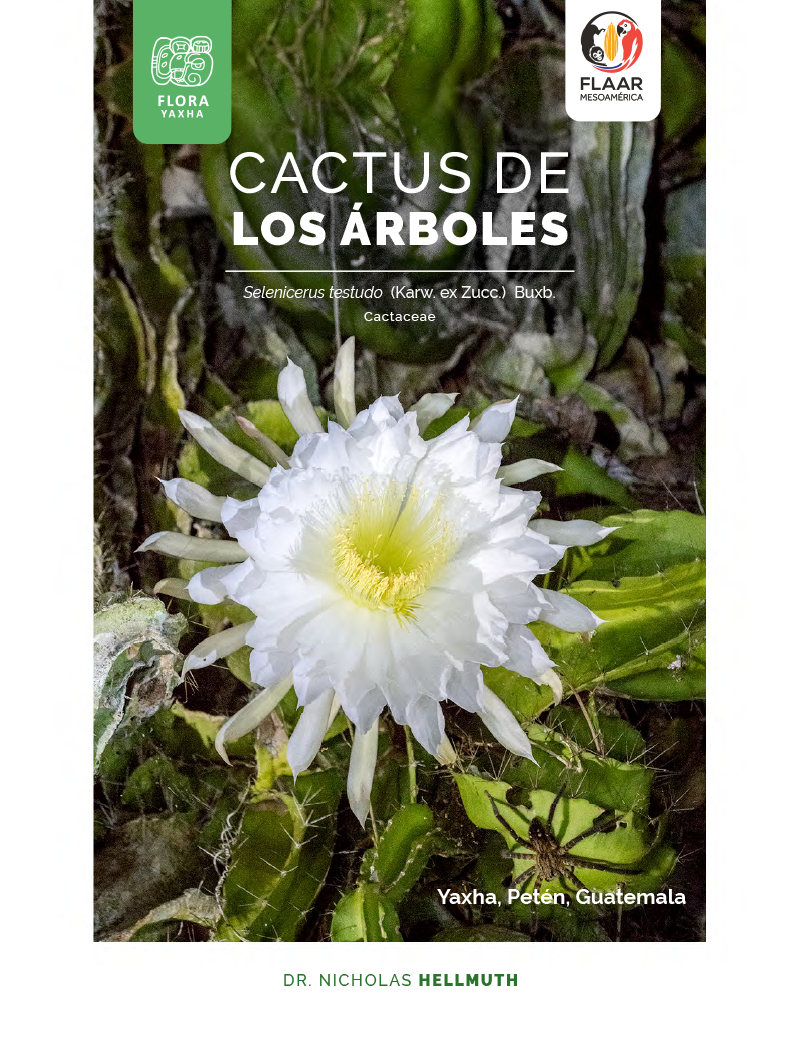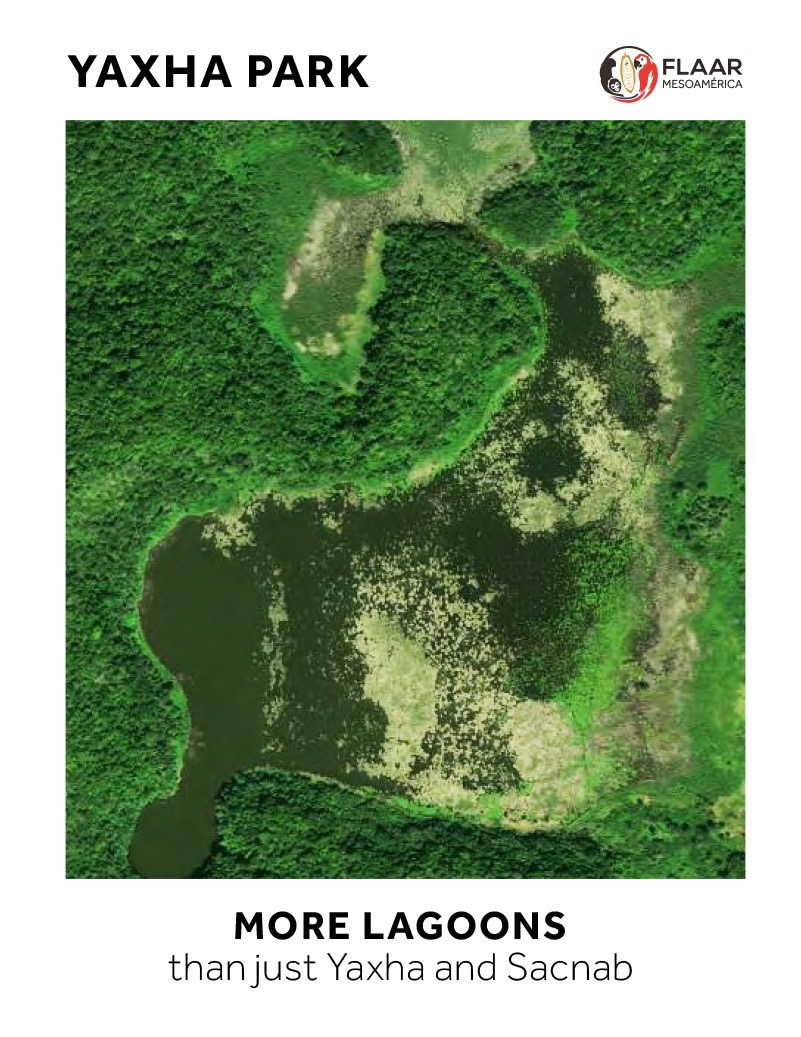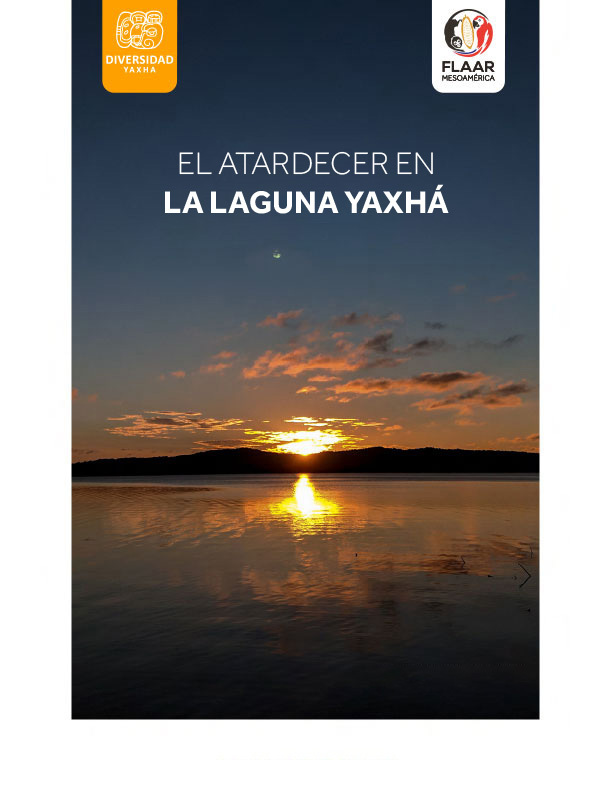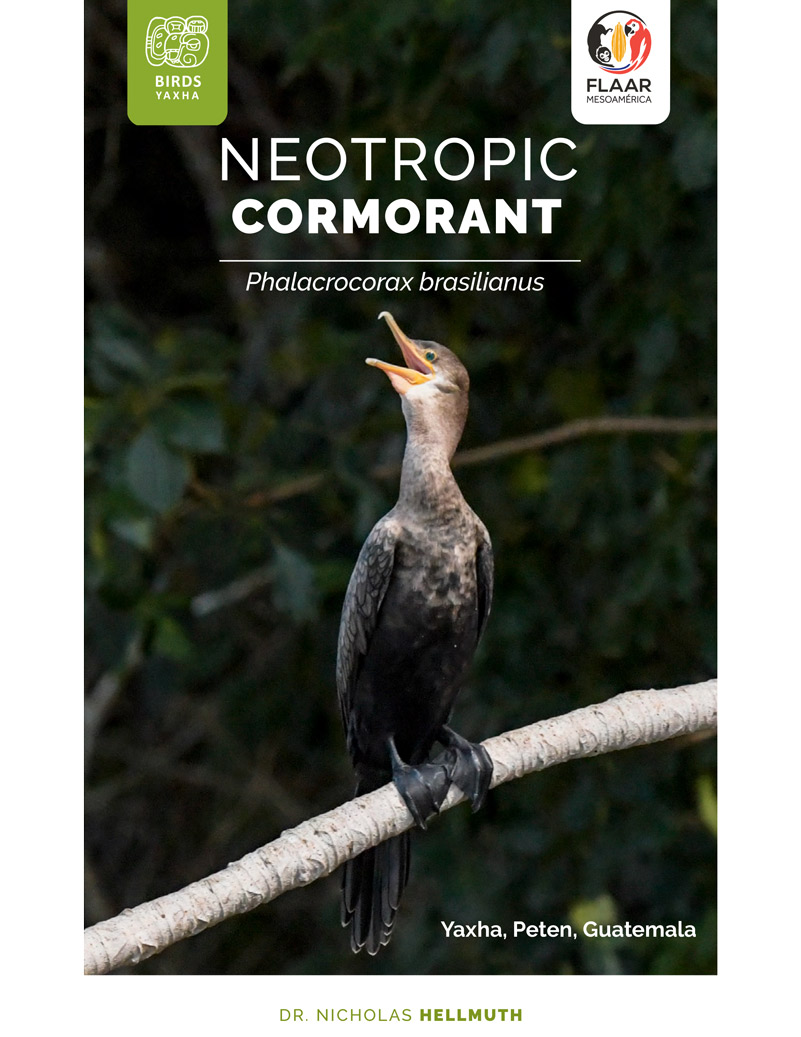Posted April 2, 2020
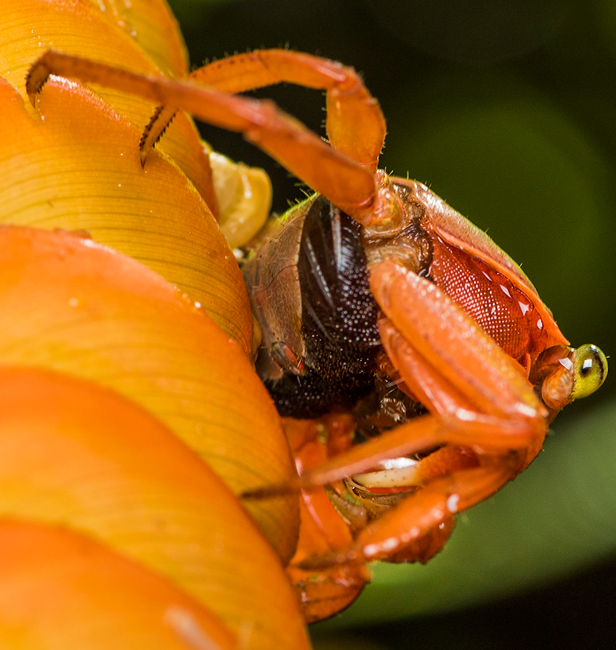
I have enjoyed finding and photographing crabs along rivers and lakes of Peten, Guatemala and rivers, lakes, and mangrove swamps of Canal de Chiquimulilla and nearby the Pacific Ocean coast of Central America. The ocean front town of Hawaii is a great place to find beach crabs. Hawaii here is a town on the Pacific beach downstream from Monterrico, Guatemala. But the bright orange crab here is from Biotopo Chocon Machacas, north side of El Golfete (Rio Dulce), Municipio de Livingston, Izabal, Guatemala.
An aquatic biology specialist at USAC (Lic. Jose Ortiz, acuicultor de la Universidad de San Carlos) kindly provided our URL university biology student Victor Mendoza (FLAAR Mesoamerica) with an identification: a pregnant female of Metasesarma aubryi. Notice that this colorful crab has no dark brown and no black top whatsoever (90% of the photos of Metasesarma aubryi on the Internet show this species with dark coloration on top of its head and back).
We will first do an entire web page on this crab and UVG university biology student Ericka Garcia (FLAAR Mesoamerica) is preparing a full report.
Juana Lourdes Wallace Ramírez, the pleasant team member of the Alcalde’s office, found the Calathea crotalifera flowers (relative of Heliconia) that the crab was perched on. This photograph is by David Arrivillaga. We have more than 50 photos of this crab by David and by Nicholas Hellmuth: front, side, back, etc. that we will show in the full report by Ericka Garcia.
You can see more of the flowers of this Calathea crotalifera on the home page of our www.maya-ethnobotany.org
I am curious why this crab is over 150 meters from the shore of El Goltete?


